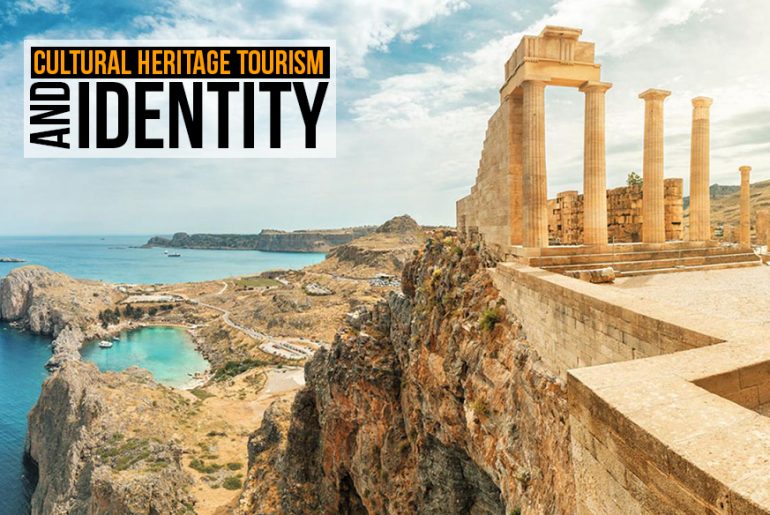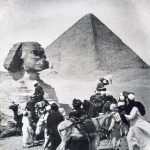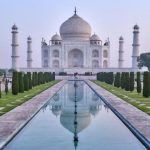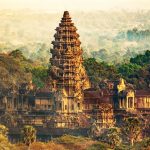Introduction:
Cultural Heritages are the bridges that connect the past, present, and future of the community’s identity. The driving force of the tourism industry is the tangible and intangible aspects of the region’s cultural history. Added strength of Architecture, tradition, and folk, the authenticity of the location attracts tourists around. Let us dive into each segment and examples for preservation and local identities.
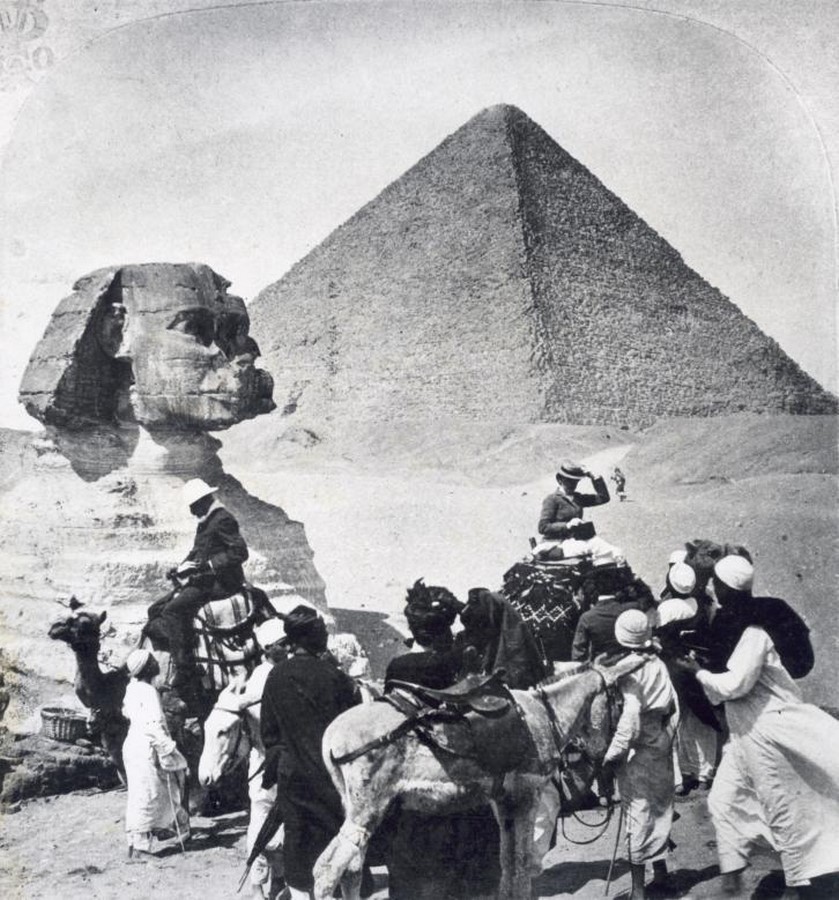
Distinct Recognition:
People visit a place to have a unique experience that cannot be found elsewhere apart from that place, which gives no competition with other destinations or cultural occurrences. The distinctive episode of traveling to the heritage provides a history of the local region and spreads a positive vibe for repeating tourism to experience the same.
The beauty of the place is for the people and community to celebrate their culture and tradition of tourism market or not.
Preservations and Economical Value:
Preservation of Heritages, artifacts, and tradition shows the deep root of history in the region, drawing financial reprisal and preserving it for future generations. The economic tools gained from food, accommodations, commuting, and souvenirs through tourists create local jobs. All of these elements play a role in the regional experience, for the tourists add to the economy of the place. Preserving heritage has become an important reason for tourism as the growing uniformity of hotels, restaurants, street types of furniture, etc. To safeguard the identity through heritage and culture. Tourism is recognized for its outcomes on jobs, tax revenues, and even the quality of life.
Community Vitality:
The boarding agreement has proven cultural and human capital generate economic vitality through art, craft, and cultural attractions. The events based on these aspects can renew the culture and redevelop the community. They create vibrant public spaces improving the quality of life and implementing natural amenities with the heritage centerpiece to provide an improved experience of the local region for the tourists and the people living there. Cultural and heritage tourists stay longer than other travelers leading to spending more money during their journey and adding economic growth.
The Psychological Experience:
Each individual has a connection differently with the heritage, be it a person visiting first time or nth time during the time period. The level of participatory behaviors in tourism activities depends on the mental connectivity to the structure and surrounding. Architecture and culture have always had an intangible link in humans to create a world of mindful experiences. The positive impact on an individual will surely leave a mark of oneself with the place and would wish to revisit sometime later.
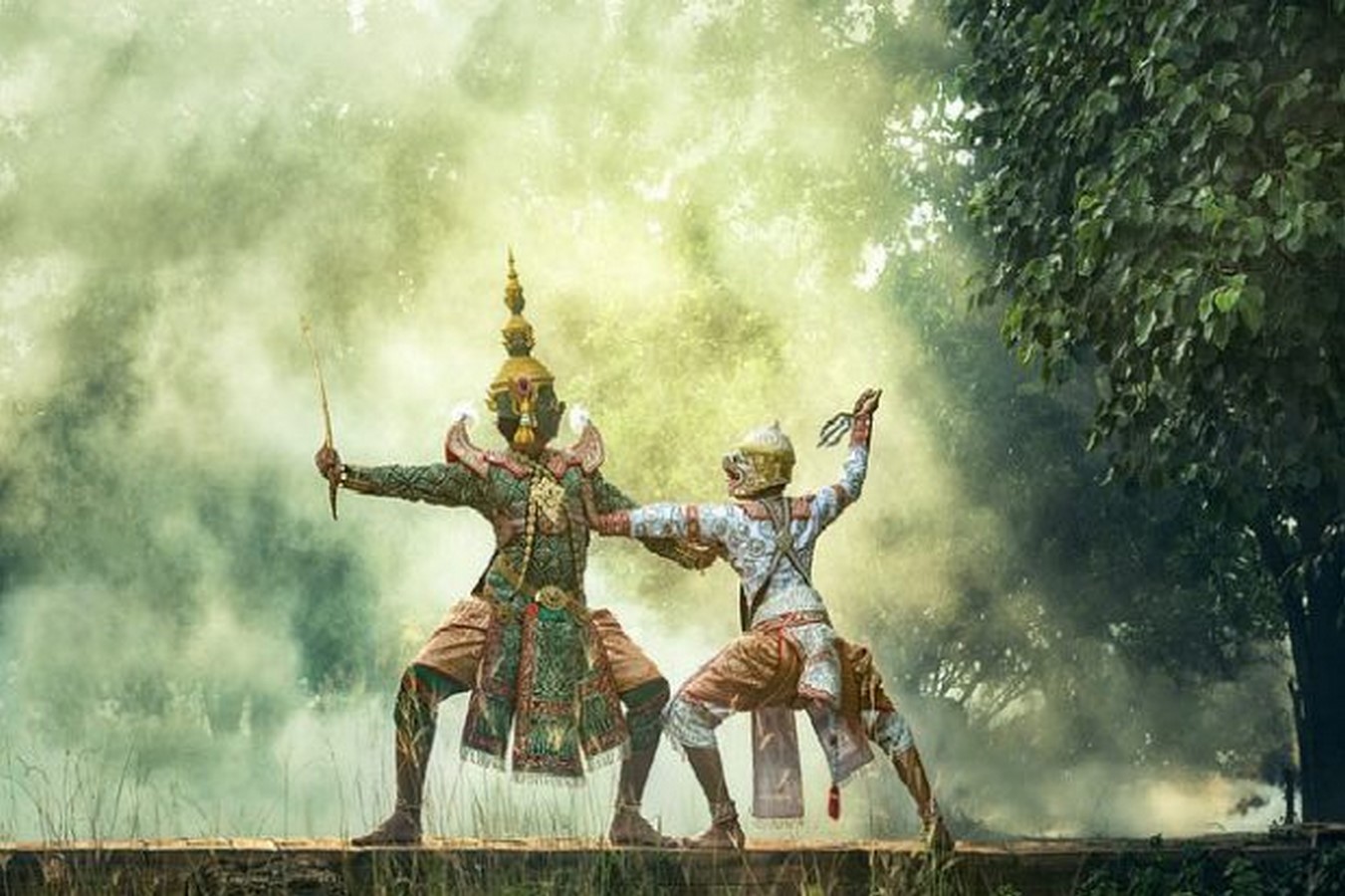
Cultural & Heritage Development:
- Enable renovation and development of historical buildings, museums, monuments, and archeological elements for knowledge, education, and preservation of proud history.
- Organize special events for the cultural aspect of ethnic dance, music, and art festivals at a particular period to increase in tourism crowd.
- To determine the significance and uniqueness by involving physical clustering activities.
- To emphasize a better quality of the experience through architectural heritage.
- Providing a congenial level of public transport within and around the region will support the tourists for smooth travel.
Heritage and its Tourism:
There are 1157 UNESCO preserved heritage sites, this explains the prime reason to carry our culture in the form of architecture and art into the future and evolve to the best.
Few such inspired monuments under UNESCO:
Taj Mahal, India
The first monument that strikes our minds when we hear heritage it would be the Taj Mahal, known for spellbound architecture attracting tourists from all over the world to date. It speaks of the gravity between tourism and heritage, expressing the identity of the Nation and making it universal admiration.
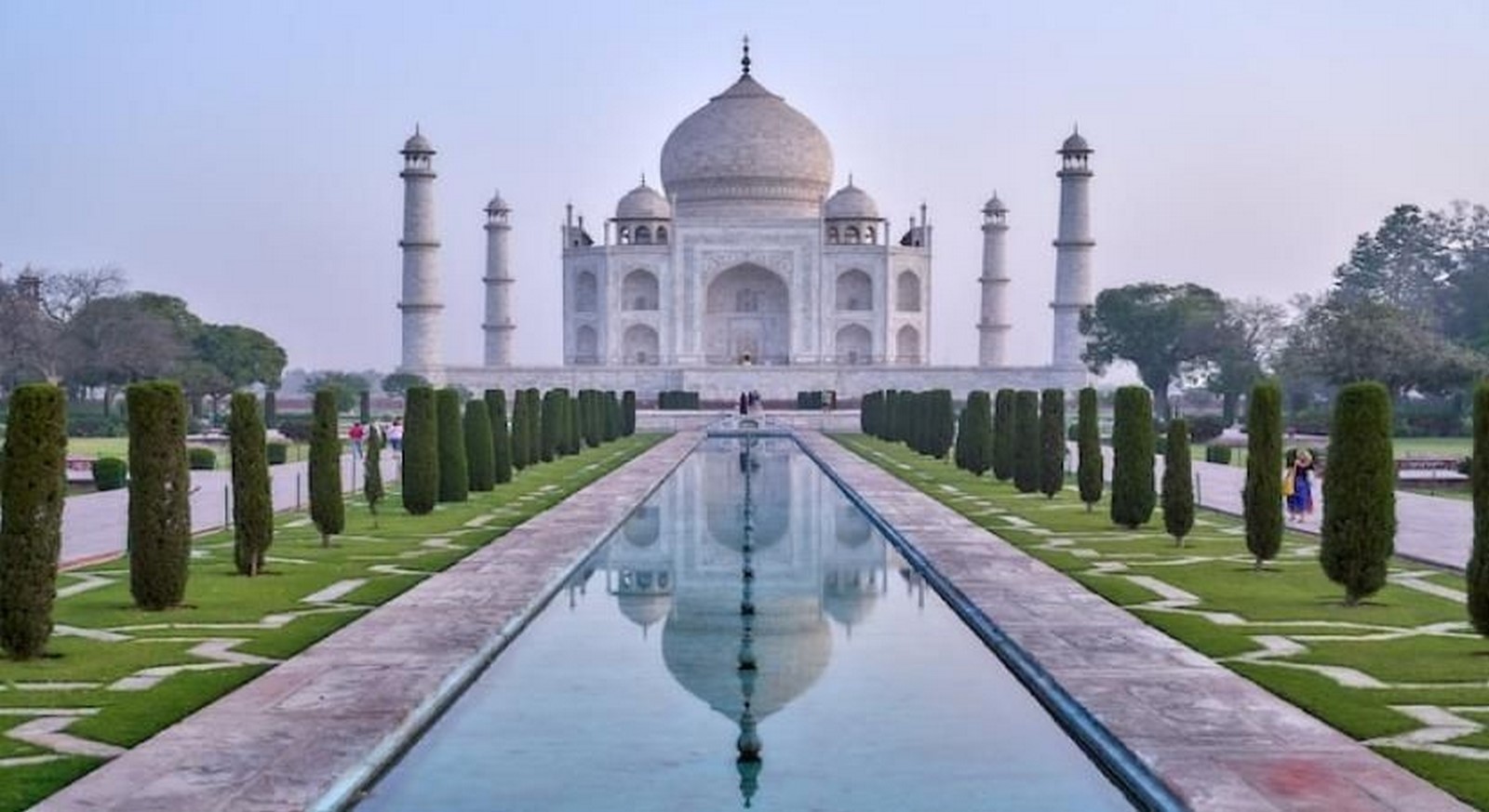
Abu Simbel, Egypt
Not choosing between the dead and the life. The monument was carved out of the rocky hill, the temple known for its sunlight penetrating 70 meters inside through a narrow entrance illuminating the inner sanctuary.
Angkor, Cambodia
Angkor is the world’s largest religious monument. The entry to the temple with five lotus-shaped towers in a symmetrical approach leaves the tourists with an awe-struck expression. The heritage went under UNESCO for nation-building and nation-reconciliation after the country’s conflict.
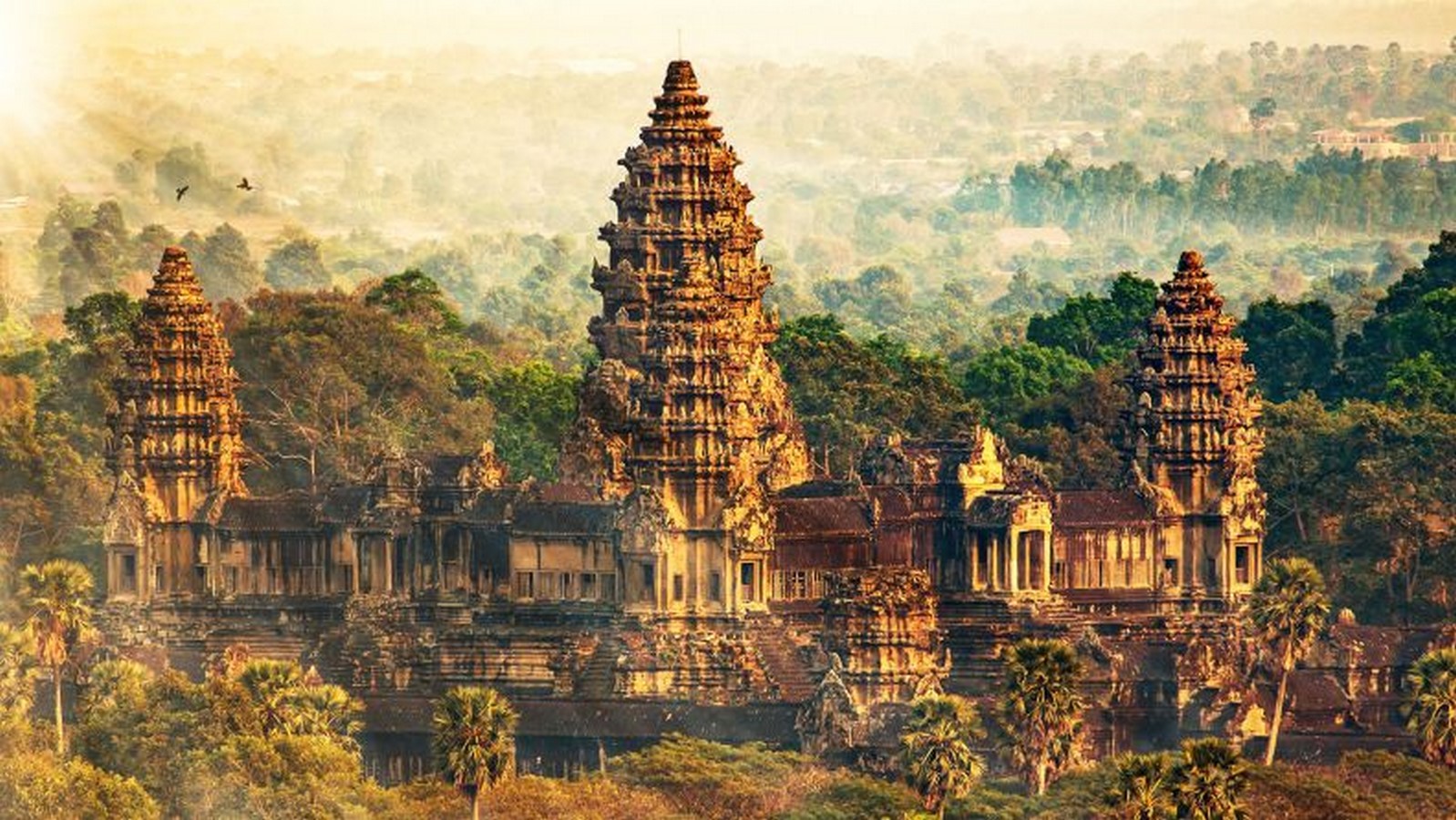
Mausoleum of the First Qin Emperor, China
The monument is the tomb of emperor Qinshihuang, surrounded by thousands of life-size soldiers, horses of terracotta, bronze chariots, and weapons. The tomb of the first emperor unified the entire country and it is the largest in Chinese history itself.

Conclusion:
Preserving our cultural heritage is very important in our date-to-date life, directly and indirectly. Artists, creators, and innovators take inspiration from the past to build the future in a different version; this reaches people in all aspects.
UNESCO plays a significant role in securing most of the heritage around the globe. In the past decade, humanity has got a better understanding of how culture strengthens the lifestyle and future of the locality. By enriching and celebrating the cultural heritages, we can enhance the deep roots of identity and learn from one another through the way of traveling and experiencing new lifestyles.
Sources:
Cultural Heritage: 7 successes of UNESCO’s Preservation Work. UNESCO.org, Available at: https://www.unesco.org/en/cultural-heritage-7-successes-unescos-preservation-work
[Accessed: 11th August 2023].
Mausoleum of the First Qin Emperor: UNESCO World Heritage Centre, Available at: https://whc.unesco.org/en/list/441
[Accessed: 12th August 2023].
(2022). How do aesthetics and tourist involvement influence cultural identity in heritage tourism? The mediating role of mental experience.Frontiers, Available at: https://www.frontiersin.org/articles/10.3389/fpsyg.2022.990030/full
[Accessed: 12th August 2023].


